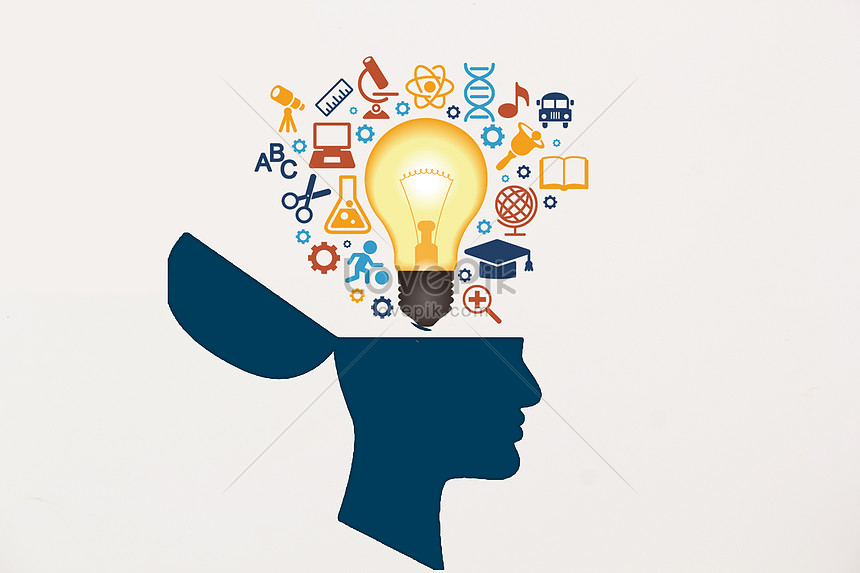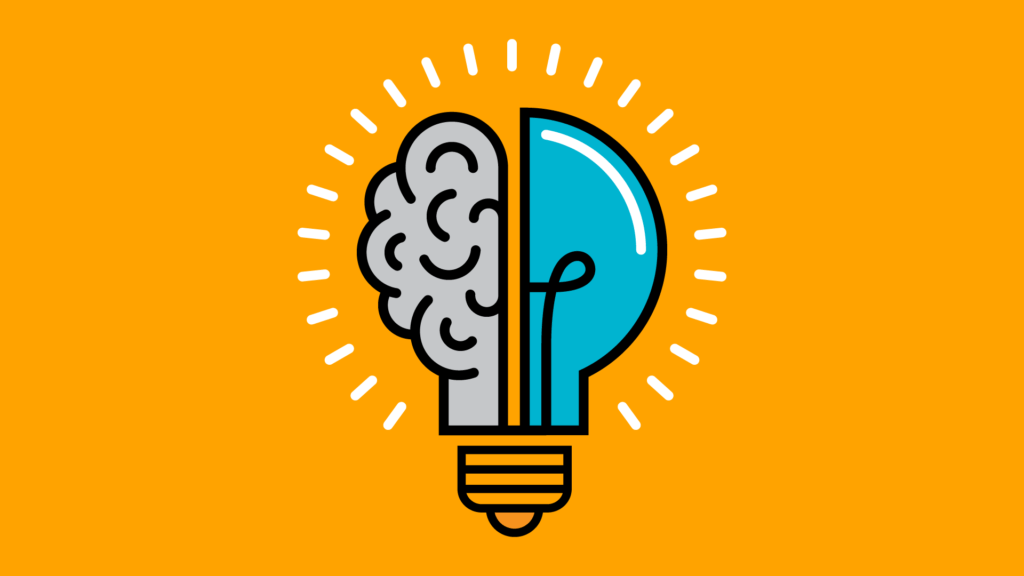Innovation—the lifeblood of progress in technology, science, business, and culture—is often associated with logic, analysis, and technical expertise. Yet, at its core lies creativity: the ability to imagine, experiment, and connect disparate ideas in novel ways. Art education, by nurturing creative knowledge, plays a crucial role in fueling innovation across all fields.
This exploration delves into how art education cultivates creative thinking, why it is essential for innovation, and how integrating creative knowledge into education systems can unlock human potential.
Understanding Creative Knowledge

Creative knowledge refers to the skills, insights, and cognitive processes involved in generating original ideas, solving problems imaginatively, and expressing oneself uniquely. It encompasses:
- Divergent Thinking: Generating multiple solutions or ideas.
- Visual and Spatial Reasoning: Understanding and manipulating shapes, patterns, and spaces.
- Emotional Intelligence: Interpreting and expressing emotions through artistic mediums.
- Critical Reflection: Evaluating and refining creative work.
- Collaboration: Sharing ideas and building upon others’ creativity.
Art education provides a structured environment to develop these capabilities through practice, feedback, and exploration.
The Role of Art Education in Developing Innovation Skills
1. Encouraging Risk-Taking and Experimentation
Artistic processes often involve trial and error, embracing failure as part of learning. This mindset encourages students to take risks and explore unconventional approaches—key traits for innovators.
2. Enhancing Problem-Solving Abilities
Creating art requires identifying challenges (e.g., composition, technique) and devising solutions. This nurtures flexible thinking and adaptability applicable to complex real-world problems.
3. Fostering Empathy and Cultural Awareness
Art reflects diverse perspectives and experiences, helping learners develop empathy and cultural sensitivity—qualities that enrich collaborative innovation and user-centered design.
4. Building Communication Skills
Artistic expression hones the ability to convey ideas visually, verbally, or through performance, enhancing clarity and impact in presenting innovative concepts.
5. Integrating Multiple Disciplines
Art education often intersects with history, science, technology, and literature, promoting interdisciplinary thinking—a hallmark of groundbreaking innovation.
Evidence Linking Art Education and Innovation
Studies and real-world examples underscore the connection:
- Cognitive Research: Neuroscience shows that engaging in artistic activities stimulates brain regions involved in creativity, problem-solving, and emotional regulation.
- Corporate Innovation: Companies like Apple and IDEO value employees with artistic backgrounds for their creativity and design thinking skills.
- Educational Outcomes: Students exposed to arts education demonstrate higher academic achievement, critical thinking, and motivation.
Strategies for Infusing Creative Knowledge into Education
- Integrative Curriculum: Incorporate arts across subjects to foster creative connections.
- Project-Based Learning: Encourage hands-on, open-ended projects that require innovation.
- Collaborative Environments: Facilitate group work and peer feedback to stimulate idea exchange.
- Access to Resources: Provide materials, technology, and spaces conducive to creative exploration.
- Professional Development: Train educators to nurture creativity alongside traditional skills.
Overcoming Challenges
Barriers to leveraging art education for innovation include:
- Budget Constraints: Arts programs often face funding cuts.
- Standardized Testing Pressures: Emphasis on measurable outcomes can marginalize creative subjects.
- Cultural Attitudes: Misconceptions about the value of arts education persist.
Advocacy, policy reform, and public awareness are essential to address these challenges.
The Broader Impact: Creativity Beyond the Arts
Creative knowledge nurtured through art education extends beyond artistic fields:
- STEM Innovation: Creative thinking enhances scientific inquiry and technological development.
- Entrepreneurship: Innovation in business relies on imagining new products, services, and markets.
- Social Change: Artistic activism raises awareness and inspires collective action.
By cultivating creativity, art education prepares individuals to contribute meaningfully across sectors.
Conclusion: Art Education as a Catalyst for a Creative Future
Creative knowledge is a vital ingredient for innovation and progress. Art education, by fostering imagination, critical thinking, and emotional intelligence, equips learners with the tools to envision and build a better world.
Investing in art education is investing in human potential—unlocking the creativity that drives discovery, solves complex challenges, and enriches society. As we face unprecedented global changes, nurturing creative knowledge through the arts is more important than ever.



